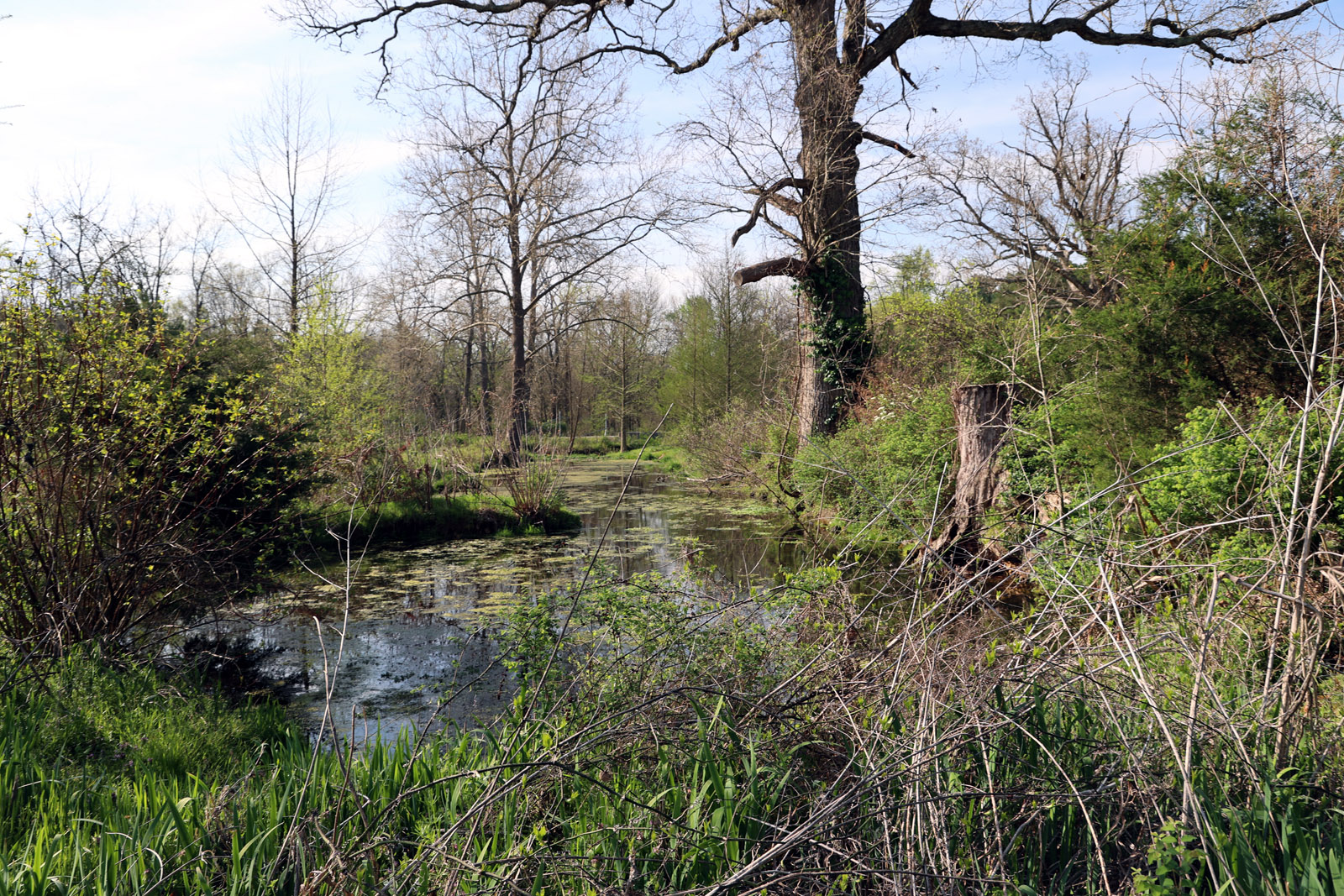Springfield loves its nature walks — from neighborhood vest-pocket parks to the sprawling Conservation Nature Center. A few lucky ones get their “forest bathing” at a remote preserve tucked in the Pearson Creek valley east of Springfield.
That’s where you’ll find the Lovett Pinetum (py-NEE-tum).
It’s a 108-acre arboretum with more than 4,000 individual conifers — trees that bear cones and needle-like or scale-like leaves. Most have been cultivated from seed for reasons that are part scientific, part educational.
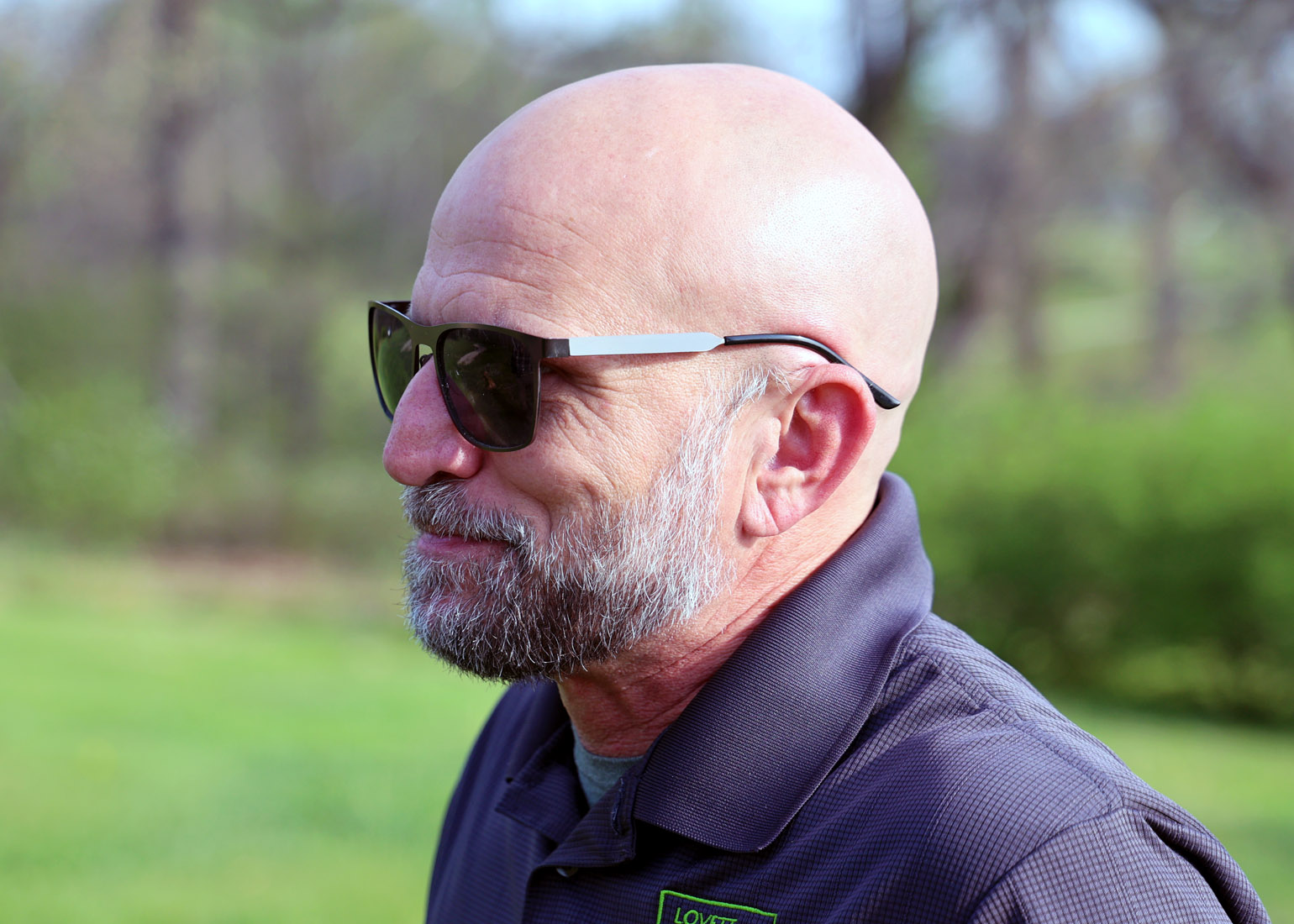
About four miles of mulch paths meander through sunny open fields dotted with green pines and native shrubs, then dip into shady expanses beneath canopies of 90-foot pines. White dogwoods brighten the understory. An 8-foot deer fence encircles the property. Here, also, are two of the dominant springs that form the headwaters of Pearson Creek running along the eastern property line. A resident beaver has built a dam on its waters; nearby, a muskrat has claimed another watery home.
“That beaver’s got to leave the collection alone or he’s in trouble,” says Nick Baker, who’s been general manager of the pinetum for 12 years. “So far, he hasn’t taken anything I can’t forgive him for. It can happen, though.”
Baker's first responsibility, after all, is to protect and cultivate some 140 different species of trees — one man’s legacy that began 54 years ago.
‘My magnificent obsession‘
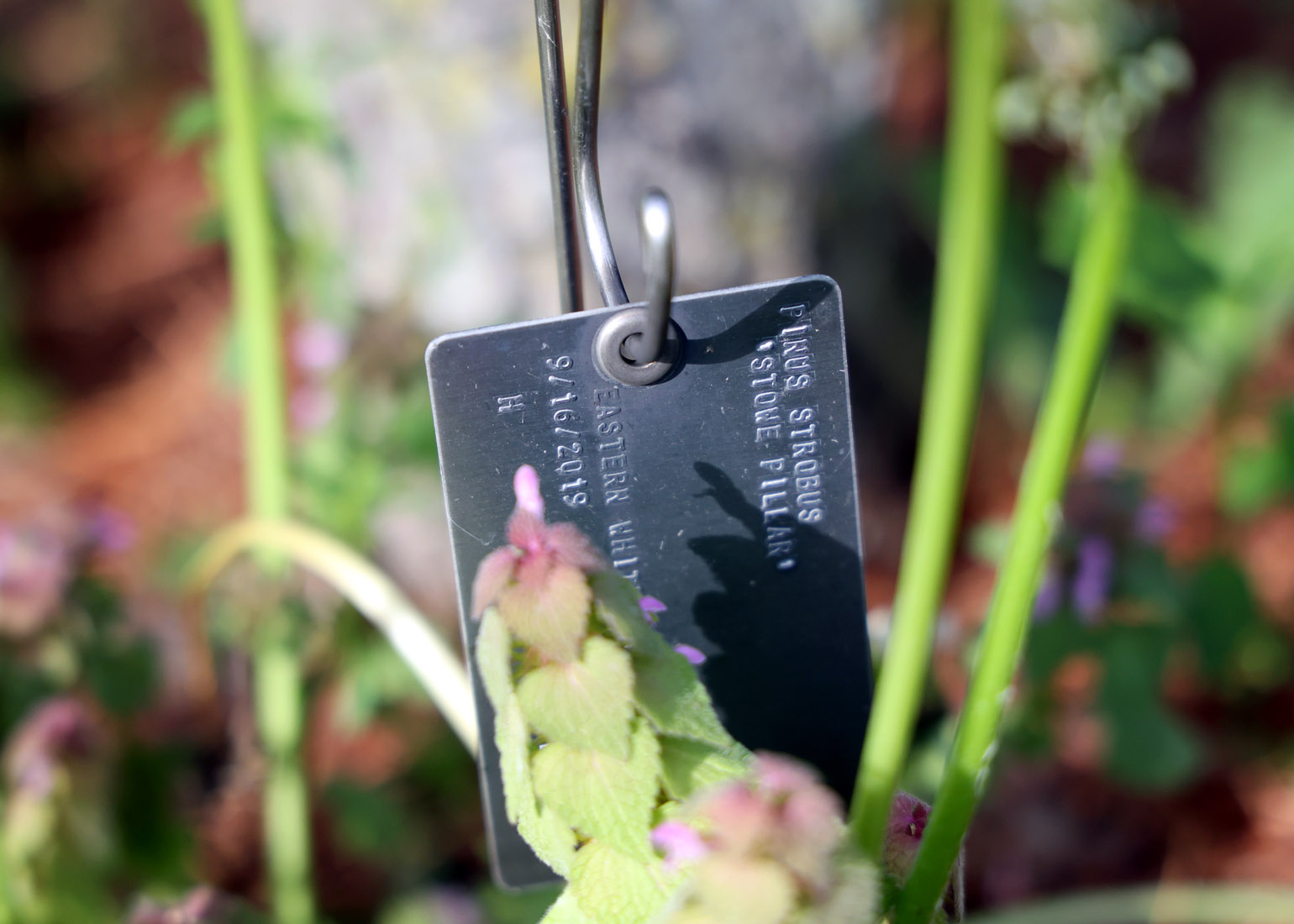
As sometimes happens with hobbies, this is one that just got out of hand.
Springfield pathologist Robert Lovett, who died in 2021, was known to friends as “an adventurer, an intrepid backpacker” and a “superb naturalist” who had a soft spot for all conifers, including those with supersized cones and nicknames like “monkey puzzle.”
In 1970 Lovett began planting several species — Loblolly, Shortleaf and Eastern white pine — on 14 acres he owned on Pearson Creek.
“My magnificent obsession,” he’d tell friends.
Lovett also experimented with other, unexpected varieties that took to southwest Missouri’s climate — the prickly Chihuahua pine from the high desert of northern Mexico, and others that didn’t — hundreds of western U.S. ponderosa pines that were doomed when Lovett tried them here.
“I don’t think Bob had a super grand vision,” Baker says. “He just liked planting trees. He liked conifers, and he liked having people to do that with.”
At some point, Baker adds, “It got away from him.”
Robert Lovett acted to preserve his pinetum
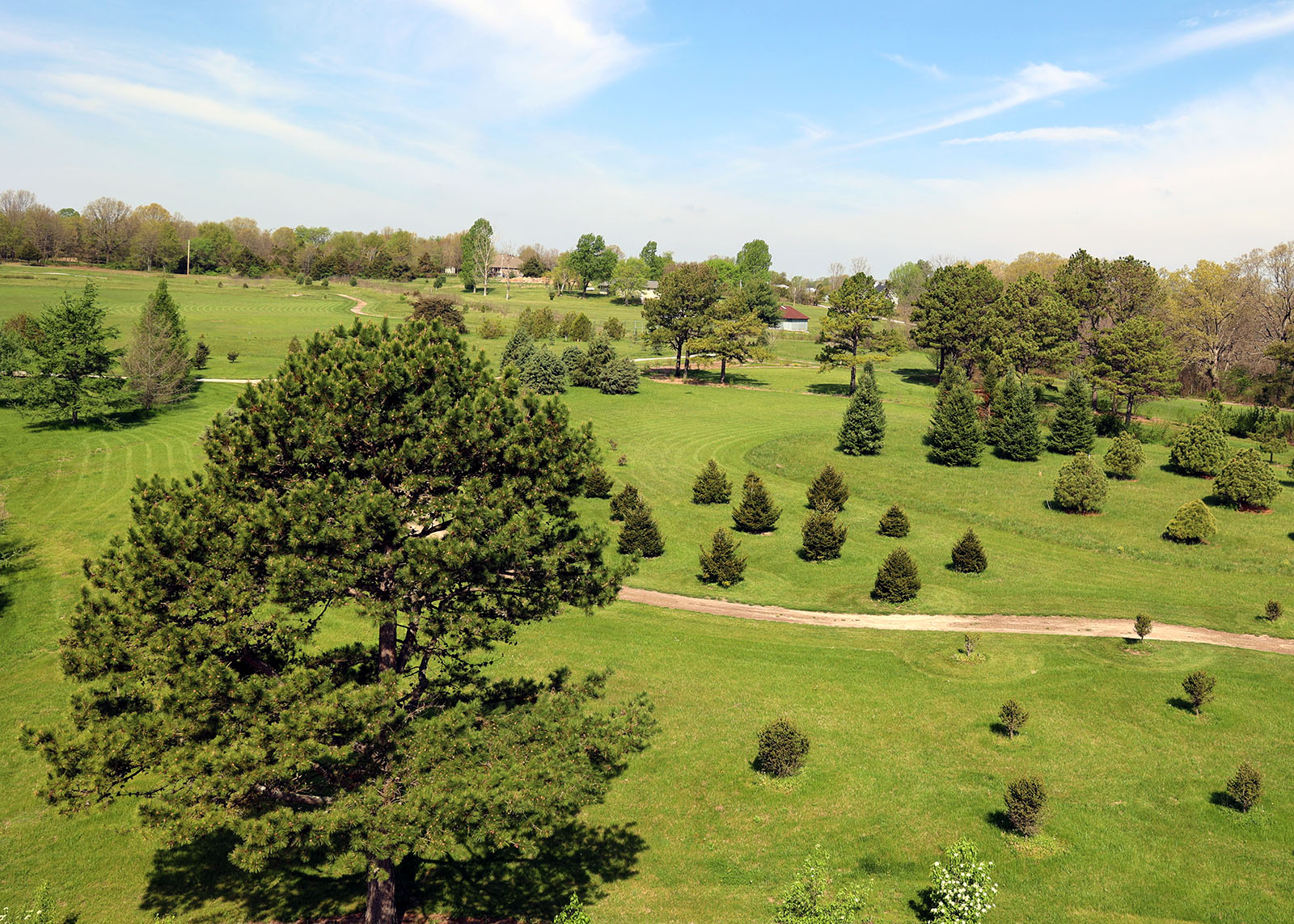
In 1997 Lovett and several friends formed the Lovett Pinetum Charitable Foundation to oversee the conifer collection and experiment with non-native pines that would also thrive here. Lovett donated his original 14-acre site to the pinetum, and the foundation gradually acquired adjacent properties whose diverse growing conditions would suit new varieties.
A key feature of the original 14 acres is the Danforth Spring, one of two in the pinetum and the largest of four in the valley that form the headwaters of Pearson Creek. Once Lovett bought the property, he undertook a major cleanup of garbage and debris left by previous owners, and restored its natural beauty.
The foundation Lovett provided now totals $13 million, interest on which pays salaries of the pinetum's three-person staff and upkeep of the enterprise. A 12-member governing board consists of Lovett’s friends, his widow Priya, a son and daughter, business and education professionals and environmentalists.
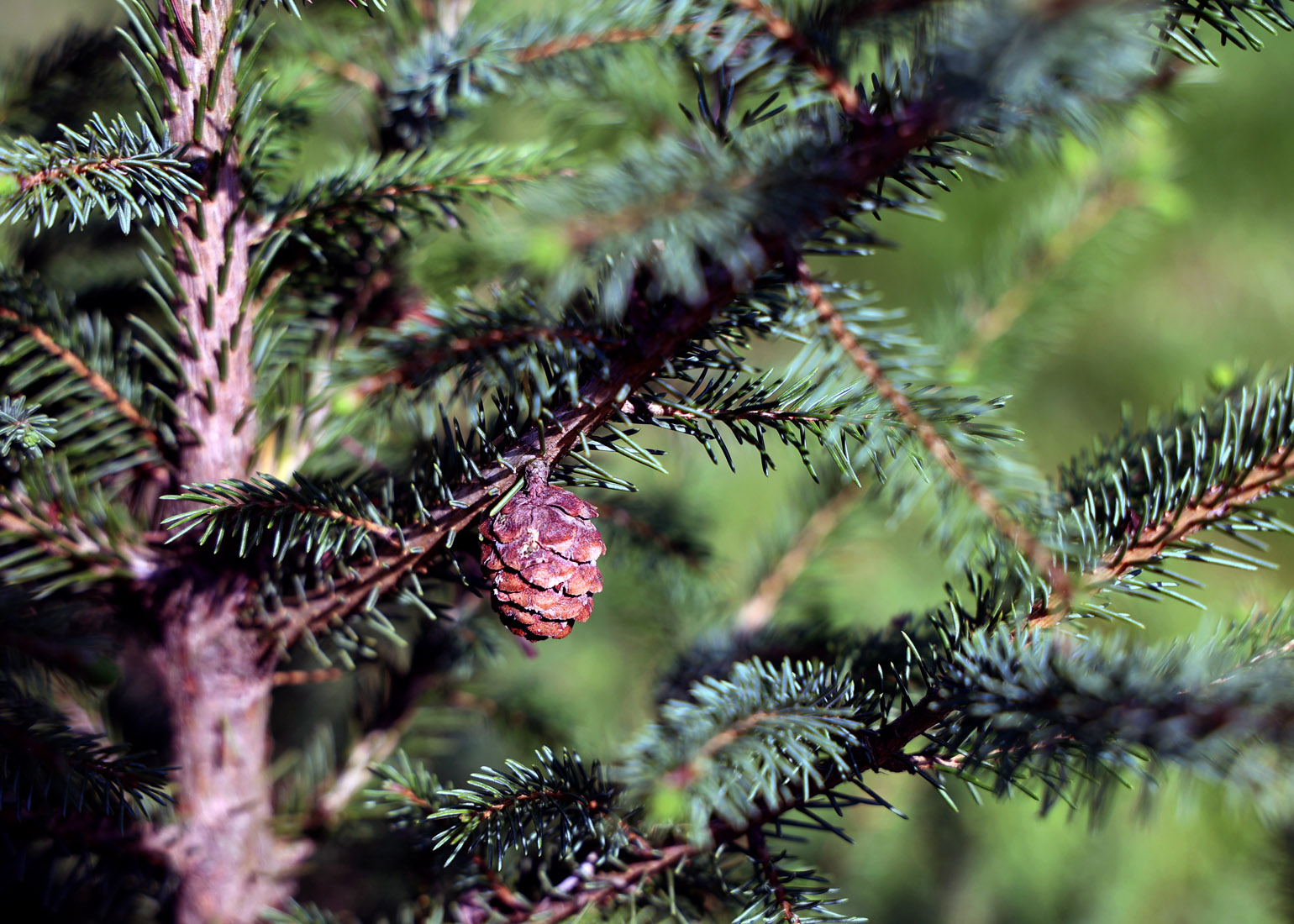
Lovett's backpacking friend and fellow adventurer Steve Pierson gladly accepted his friend's invitation to chair the board.
“He was amazing,” Pierson says. “Probably one of the smartest people I’ve ever met.”
By 2012, the pinetum had exceeded Lovett’s expectations with a thriving conifer collection and his own rustic touches — wooden bridges spanning the spring water. He recruited horticulture specialist Nick Baker from Florida’s famed Bok Tower Gardens to take the project to the next level.
“From the git-go, he really kind of turned it over to me,” Baker says. “And it was just like, ‘What do you think we ought to do? … I’ve gone as far as I can.’”
And so began the work to design an Ozarks arboretum that today still respects one man’s “magnificent obsession.”
Building on a dream
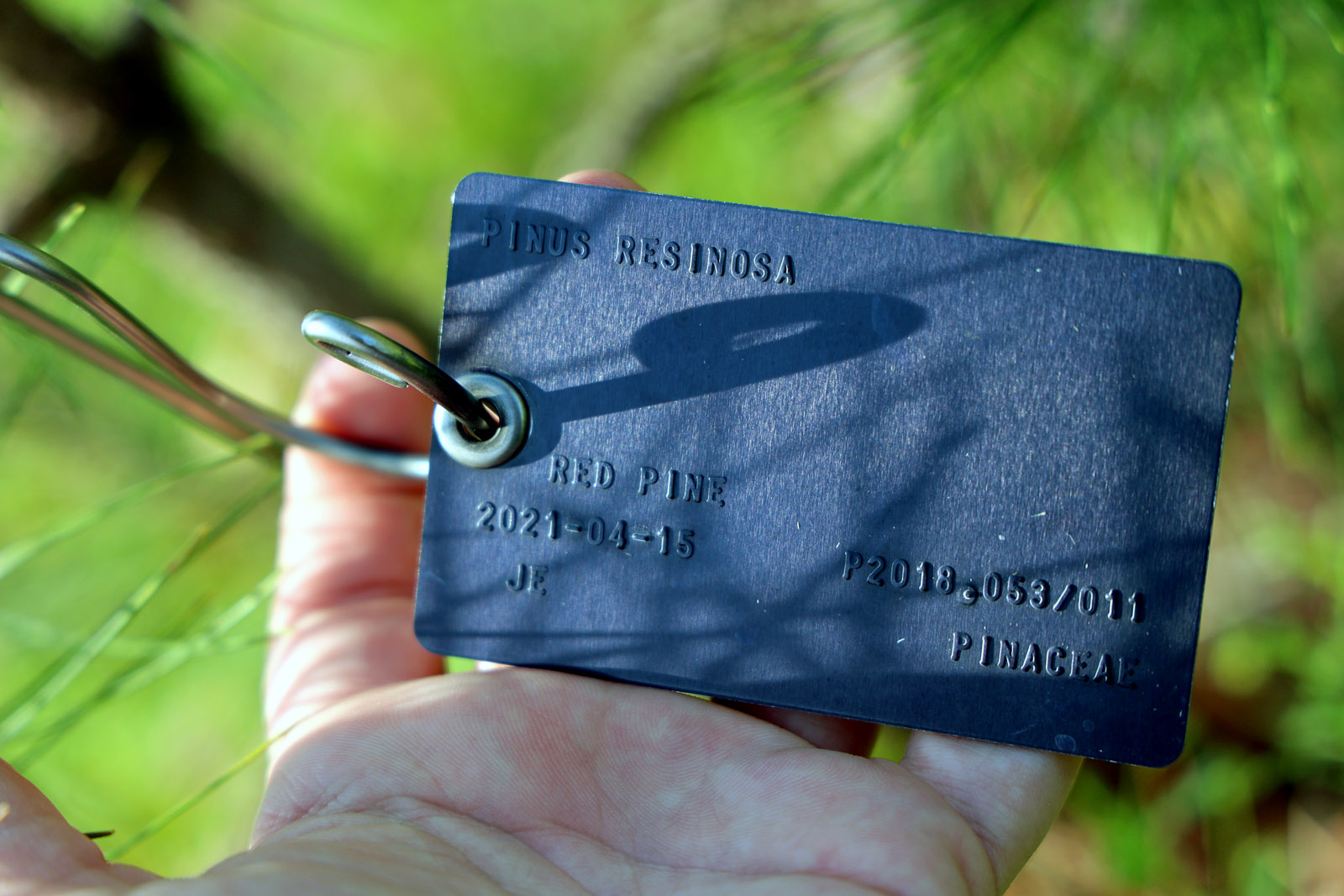
While studying the existing tree collection, Baker also tackled infrastructure — installing paths and repurposing the abandoned structures on the property for storage and workspace. What was a private residence now houses the office and restrooms, a sunny great room for gatherings and a storage room for Lovett’s boxed and tagged collection of curious pine cones from across the U.S.
An abandoned carport allowed staff to double the size of the seed nursery. Full-time nursery manager Daniel Baird is in charge of identifying, growing and entering into a database all pertinent details about each seed and its source. Once deemed suitable to plant, it’s tagged with those details — when it was planted, scientific and familiar name — and mapped on the database so staff can keep track of the seed and monitor its progress.
Baker looks for seeds of conifers that are likely to thrive in southwest Missouri’s climate, and others that may not; that’s the experimental part. He often finds sources through a U.S. Department of Agriculture site that identifies tree ranges, including those in state or national preserves. In past years, he’s traveled to collect Red pine seeds with permission from a national forest in Wisconsin.

During another foray, “I just collected Ashe juniper last fall and still hoping they’ll come up,” Baker says, describing it as “kind of scraggly, a tree only a mother could love, or me.”
Ponderosa pine seeds from eastern Nebraska are now trees thriving in the Springfield pinetum. That was an experiment that paid off, because the hundreds of ponderosa pines from the western U.S. that Lovett once planted soon met their demise in southwest Missouri soil.
Baker prefers to do more “wild collecting,” as he did in Nebraska, or when he stood in one foot of a Wisconsin bog to retrieve seeds for Black spruce. It wasn’t the climate he was expecting.
He was thinking, “‘OK, so black spruce can tolerate much wetter areas.’ So I've been planting them in much wetter areas and they’re actually doing great. …There’s something to be said for standing there and getting a sense for where something grows.”
To learn more
The Lovett Pinetum (pi-NEE-tum) is an arboretum focused on conifers – trees that bear cones and needle-like or scale-like leaves. The primary mission is to experiment with growing all possible conifers adaptable to southwest Missouri’s climate, and to provide an outdoor lab where students can learn about horticulture, conservation and ecology.
The nonprofit is supported by the Lovett Pinetum Charitable Foundation. The site is at 2706 N. Pearson Valley Drive, Strafford. It’s not open to the public on a regular basis due to limited staff, but interested groups can make an appointment at info@lovettpinetum.org. There is no fee. Learn more about the Lovett Pinetum and collections on the organization's website.
Looking ahead to the pinetum's' future
Beyond building on the robust collection of conifers with the best possible horticulture practices, Baker and the Lovett Pinetum board of directors want to preserve the land as a green space for the community.
Baker stands on the eastern edge of the 108 acres and nods toward a spring-green hillside.
“There are more houses, more stuff,” he says.
“The new FedEx is going in (nearby),” he says, “and a big industrial park is going in Strafford probably a mile from here.”
Given the chance, Baker and board chair Pierson say they would like to acquire adjacent properties to protect the pinetum and its springs.

“We would jump at that opportunity,” Baker says, “but I think we’re really going to focus on this space right here and making it all it can be. Because we’re not there. We’re not even close to all the space can be.”
With Lovett’s death three years ago, Baker adds, “We’re just now getting an idea of what our resources are to work with.”
They hope, too, that Lovett Pinetum one day will be a true public arboretum with a volunteer coordinator and staff and regular hours of operation for visitors to wander the grounds for pleasure or for research, no appointment needed.
When they come to experience the Himalayan pine, the pasture of Ponderosa pine or the crystal Danforth Spring, one feature they may pause to see beneath the oldest loblolly pines is Robert Lovett’s headstone, an uneven, gray boulder where he asked to be buried.
And they will read on the engraved bronze marker: “Robert Lawson Lovett. January 28, 1937 – April 10, 2021 A life well lived.”
